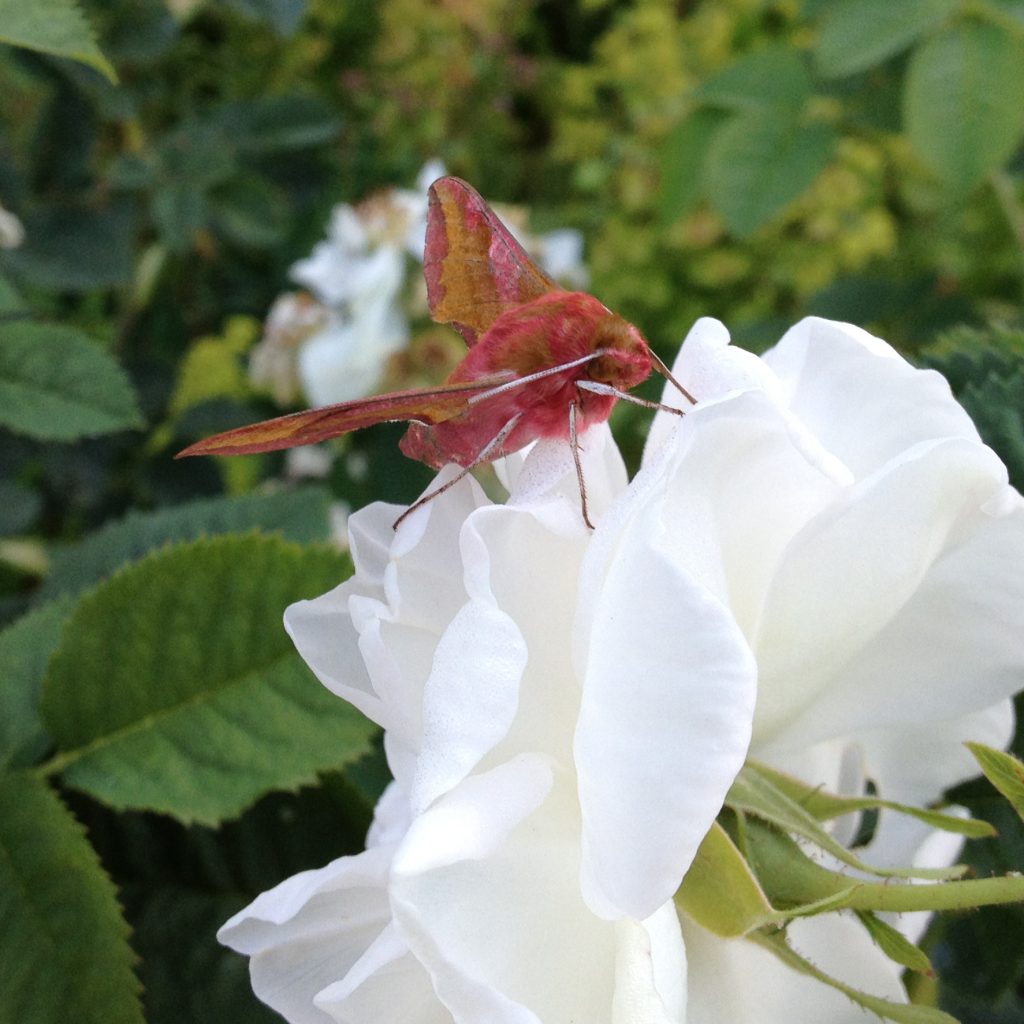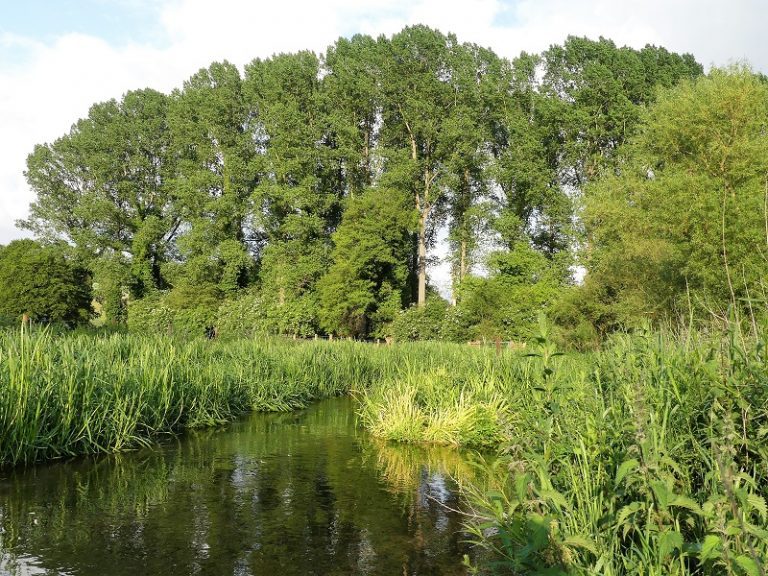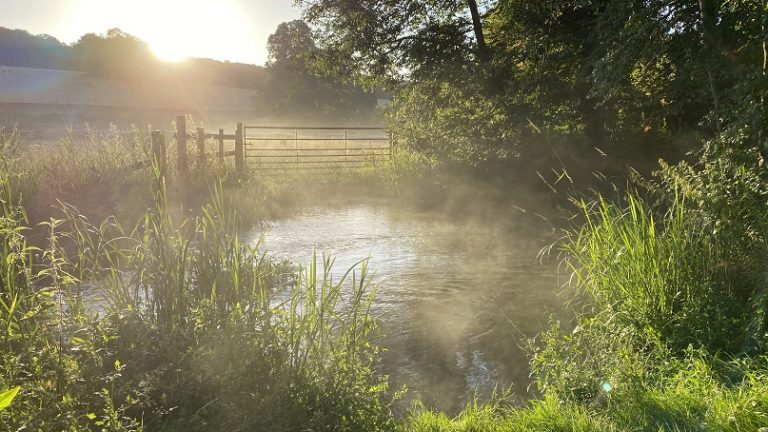Overlooked and undervalued, moths are the Cinderella of lepidoptera. Butterflies get all the glory, but at night moths come to life in all their colourful and intricately patterned finery. If your only experience of moths is of them flapping around the bathroom light or nibbling natural fibres in your wardrobe, it’s understandable that you might not be their number one fan. (Although only one moth species in the UK eats wool).
I’d never given moths much thought until I went to a moth trapping event on a Buckinghamshire common with a National Trust ranger. It was an absolute revelation. On this particular morning, in a wide woodland clearing with the dew just starting to lift from the grass, our random group of the vaguely interested were suddenly poised in anticipation like children round a Christmas present. Owen the ranger was about to lift the lid on the moth trap. He’d explained that moths were attracted overnight to the UV-rich light bulb and then found themselves funnelled into the box unharmed. There they were, nestled peacefully in the egg cartons lining the moth trap. A couple fluttered away, but the others looked as if they were asleep. Owen assured us they were alive, just docile in the daylight.
It was the beauty of the colours and patterns which struck us first. There was a lime hawk moth with army-camouflage wings and furry green head, and a chunky elephant hawk moth striped in gradations of bright pink and mustard brown. My absolute favourite was the aptly named ermine moth, with its luxurious snowy fur ruff and black spots like a royal cloak. I was desperate to stroke it but resisted, because damaging the delicate wing scales could affect its flight. The moths sat quite happily on a hand or finger though, and it was thrilling to be able to see them in such detail.
The moth trapping wasn’t just a visitor attraction. Like butterflies, moths are an ‘indicator species’. They’re great pollinators and a vital link in the food chain, providing a food source for mammals and birds, and bat snacks throughout their life cycle. Regular surveys of the volume and variety of moth species can tell National Trust rangers a lot about the health of the landscape they look after and the effects of climate change.
There are 59 species of butterfly in the UK, but more than 2,500 species of moth. There are some that fly during the day, but most become active at twilight. The way to tell the difference between abutterfly and moth is by their antennae – butterflies have a club at the end of theirs, while most moths’ antennae are feathery or saw-shaped. Moths also rest with their wings flat, but most butterflies fold their wings upright. Besides their beauty, it’s moths’ weird and wonderful behaviours that make them fascinating. Some have incredible camouflage to avoid detection by predators, so that they look exactly like the lichen or bark of a tree. Others have evolved great mimicry skills. When a hawk moth caterpillar feels threatened, its body swells up to the shape of a snake’s head with two huge black markings like beady eyes. There are other moths whose markings disguise them as birds, or even bird ‘poo’, to avoid being eaten. Some moths use squeaks to confuse bats into not eating them, and bees into not stinging them so they can steal honey.
The short lifespan of moths means mating is a priority, and it’s here that their behaviour can get really crazy. As they’re usually operating in the dark, they locate their mate by scent. Most males can sniff out a female from up to 100m away, using their feathery antennae. The emperor moth takes olfactory aptitude to another level. A frisky emperor male can locate a female from five miles away. It’s like smelling a potential girlfriend’s perfume from the next village – far more effective than swiping right on a phone app! Some moths serenade the object of their affection with ultrasonic singing once they’ve zoned in on her, and there’s one species which employs a very dirty trick. The Asian micromoth mimics the hunting call of a bat. The female then stays absolutely still to avoid attracting the attention of the supposed predator. The dastardly Lothario then takes the opportunity to nip in and mate with her while she’s frozen with fear. When it comes to reproduction, however, bagworm moths are the weirdest. The female has no wings and lives her whole life in a silken case. After mating she pokes her head out of the bag and waggles it at a passing bird so they’ll eat her and disperse the eggs, which pass through the predator’s digestive system unharmed. And we thought we sacrificed a lot for our kids!
A moth trapping event is a fascinating way to spend an evening and/or morning. Having a knowledgeable ranger or moth specialist on hand is a fantastic introduction to the wonderful world of moths. On national moth nights there are lots of public moth trapping events across the country, and a quick internet search will pinpoint those near you. To find out more about moths the mothscount.org website is a great source of moth information.
Why not give it a go? You’ve got ‘mothing’ to lose…
Article by Katy Dunn.
First published in issue 228 of Chiltern Magazine.





